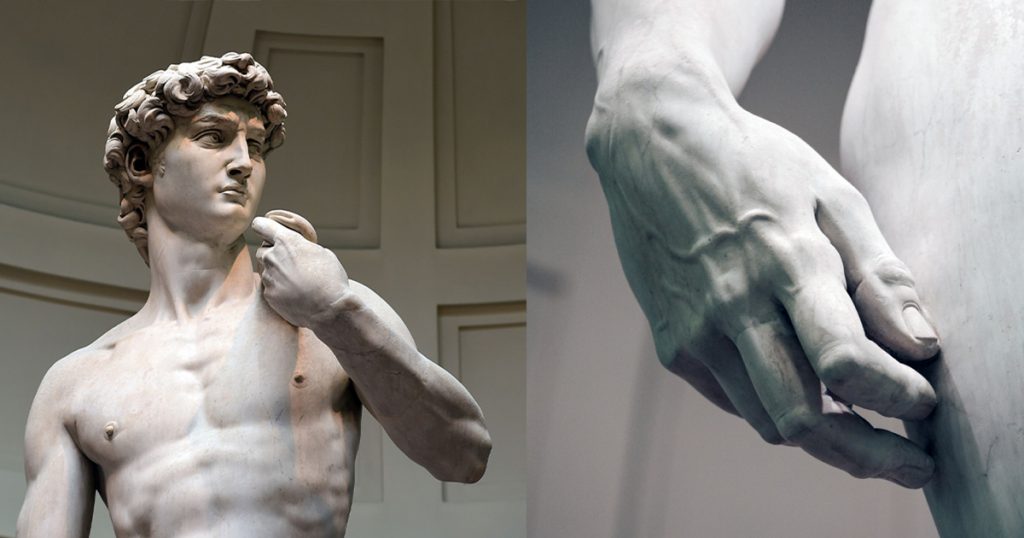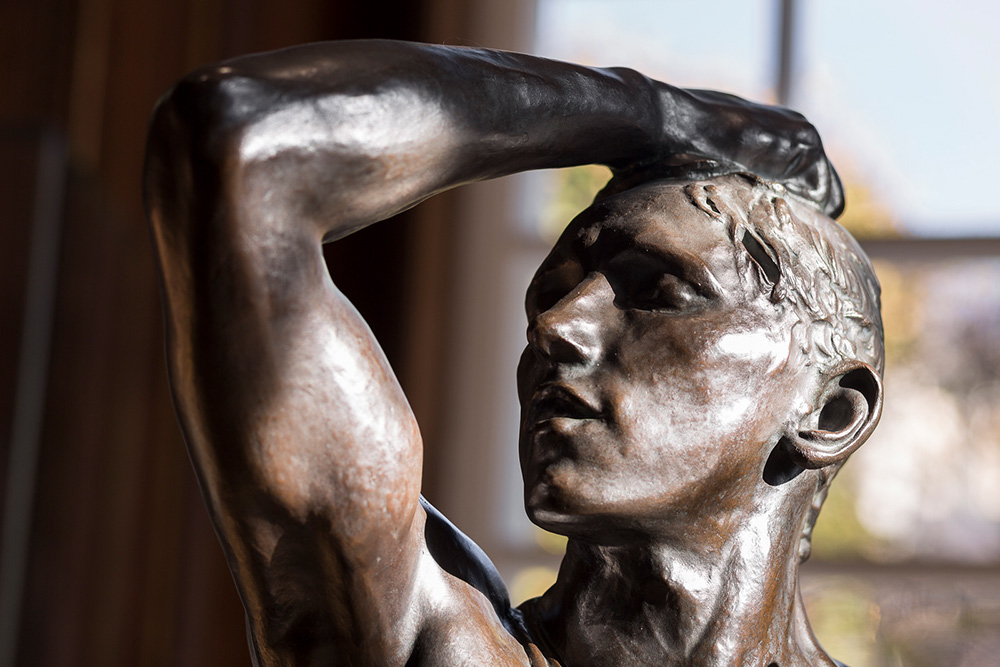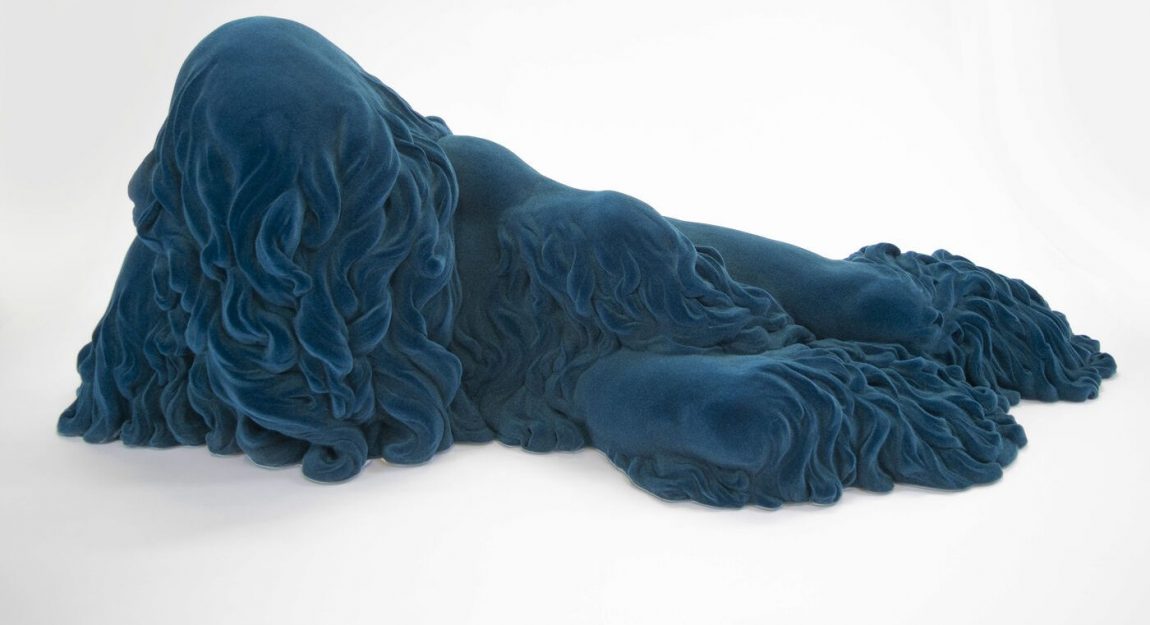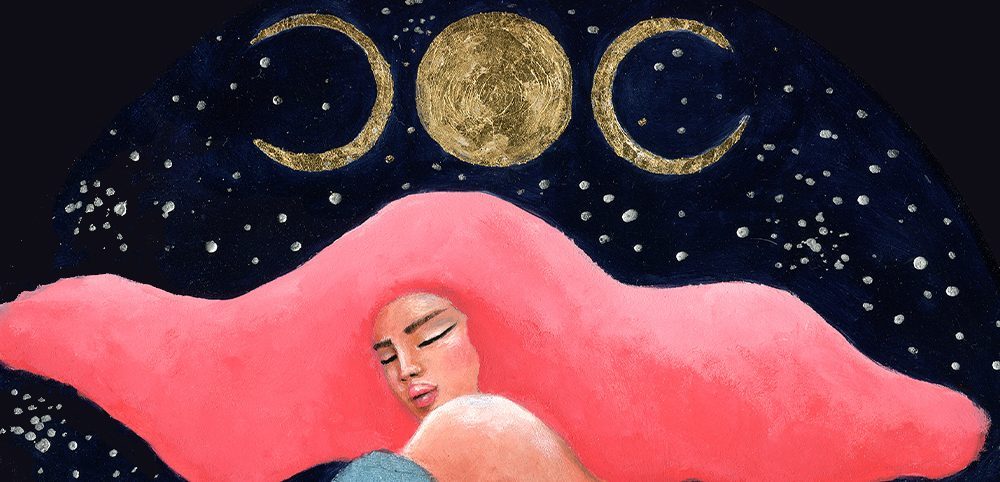The Evolution of Sculpture
From ancient marble statues to contemporary installations, sculptures are three-dimensional creations made from ceramic, bronze, metal, fibre, glass, wood, and more! In this blog post, we look at the evolution of sculpture, exploring how this art form has transformed from classical elegance to cutting-edge innovation.
Sculptural Perfection
The roots of Western sculpture can be traced back to ancient Greece, where artists enamoured by the human form aimed to capture its ethereal beauty. From the 5th to the 4th century, the Classical period produced iconic sculptures like the Venus de Milo. During this time, marble masterpieces embodied societies’ hegemonic ideals of beauty, balance, and harmony. Achieving a sense of timeless elegance, statues made throughout this period continue to inspire artists today.

Venus de Milo, depicting an unspecified Greek goddess, is arguably the most famous sculpture from the Classical period—source: Louvre.
Discovered in 1820 on the Greek island of Milos, who sculpted Venus de Milo is unknown. When King Louis XVIII donated her to the Louvre in March 1821, they considered reconstructing her arms. They soon decided against the idea out of fear it would irrevocably change the allure of the unknown artist’s work.
The Renaissance
The Renaissance brought a rebirth of aesthetics and intellectual curiosity, altering the art world forever. Sculptors like Michelangelo and Donatello reinvigorated the techniques of ancient masters, breathing life into marble and bronze with unprecedented skill and emotion. Michelangelo’s David is a testament to the era’s obsession with anatomical accuracy and psychological depth – look at that life-like vein on David’s hand. Wow! Renaissance sculptors paved the way for future generations to explore new forms of expression.

David by Michelangelo (1501 – 1504)—source: Accademia Gallery of Florence. Did you know the garland on David’s head, the trunk behind his right leg and the sling were originally gilded?
Breaking Tradition
Some sculptors’ understanding of human anatomy was so good they were accused of making a life cast of a human body rather than sculpting it from a model. When The Age of Bronze by Auguste Rodin was shown in Paris, Rodin had to prove that his sculpture’s life-like quality came from a thorough study of profiles, not from a life cast. Critics eventually deemed the sculptor innocent.

The Age of Bronze by Auguste Rodin (1840 -1917)—source: Rodin Museum – Jérome Manoukian.
As the 19th century gave way to the 20th, sculptors began to challenge the conventions of classical beauty and realism. The arrival of Modernism saw artists like Rodin shatter the boundaries of sculptural expression by capturing raw, intense emotions and abstract forms. Rodin is most famously known for his sculptures, The Thinker and The Kiss, depicting his sitters in deep contemplation and loving embrace.
Contemporary Sculpture
In the 21st century, sculpture blurs the lines between art and everyday life. From small-scale decorative works in collectors’ homes to large-scale immersive installations, contemporary sculptural artists invite introspection and appreciation through their craft. While traditional techniques continue to inspire with their timeless elegance, contemporary sculpture pushes us to broaden our definition of art and its influence on the world.
The evolution of sculpture will continue to captivate and inspire generations to come. Click below to listen to AFL superstar and potter Sam Naismith discuss the art in his home!














